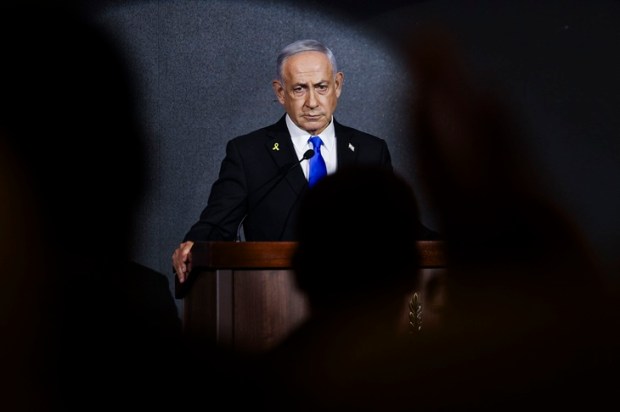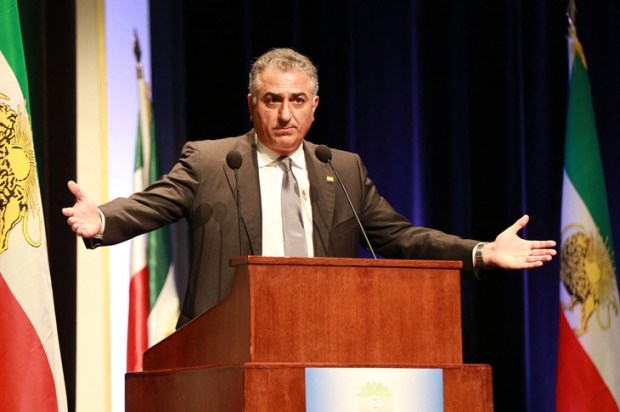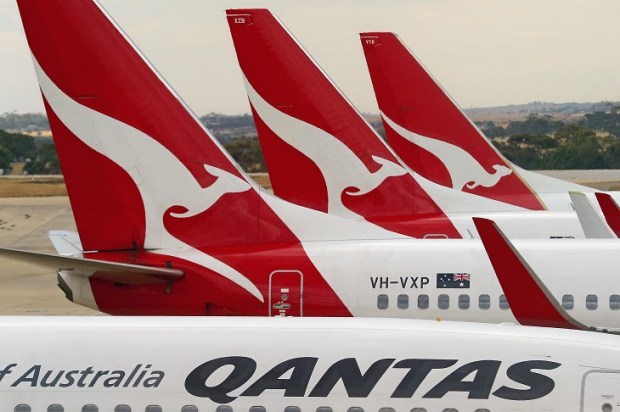Eight weeks all up. Two of them on the well-trodden tourist path of Delhi, Agra, and Jaipur, but none of which I’ve visited before. Then on to some other of Rajasthan’s celebrated cities, and up to Amritsar, in the Punjab near the border with Pakistan. Finally, down south to Goa, some 23 years after I was last there.
In Delhi I visit the National Gandhi Museum where, in the Martyrdom Gallery, they display the dhoti, or loincloth, the mahatma was wearing the day in 1948 he was shot and killed by a Hindu fundamentalist. But four years ago, at the Gandhi Museum in Madurai, I saw what was purportedly his blood-stained dhoti. How many was he wearing?
Nothing prepares you for the Taj Mahal. I saw it in early January, when the temperature in Agra gets down to single figures. It emerges from the morning’s mist, silvered by the struggling sunlight, quite literally taking my breath away. With its perfect symmetry, and minarets at its four corners leaning slightly outwards so as they don’t collapse onto the towering dome in the event of an earthquake, it is probably the most beautiful building I have ever seen. It was built in the 1630s by the Mogul Emperor Shah Jahan, as a mausoleum for an adored wife. The Nobel laureate, Bengali poet Rabindranath Tagore, called it ‘a teardrop on the cheek of time’, and was on the money.
Rajasthan’s cities are notable for havelis, mansions built by successful merchants in the eighteenth and nineteenth centuries. They are at once imposing, being solidly constructed from the local stone, but wonderfully airy and welcoming. Rooms open onto light-filled courtyards in which the owner could entertain guests or transact business. Some are very simply decorated, others quite extravagantly so. Many have been converted into charming boutique hotels. The one I stay at in Jodhpur is full of pointless antiques. I fit in perfectly.
From Amritsar it is a 30-minute drive in the late afternoon to Wagah, where the closing of the border with Pakistan is the culmination of a famously exuberant ceremony marked by high-stepping marches and much chest thumping. While a reflection of the fraught relations between the two countries, the atmosphere isn’t really hostile – much what I suspect a game of cricket between these two countries is like. While the national pride is palpable on both sides of the gates, the mood on the Indian side is much more festive. Before the ceremony, women and girls are invited onto the roadway to dance to Bollywood hits played over loudspeakers. Perhaps this is a reflection of the fact that while India recently overtook Britain to become the world’s fifth largest economy, Pakistan appears either unable or unwilling to implement the necessary reforms to secure another bailout loan from the IMF.
Goa has changed. In 1999 its beaches, hotels, and nightclubs thronged with Westerners. Now, 95 per cent of visitors are young Indians – its burgeoning middle class. The state capital, Panjim, retains traces of its Portuguese heritage, notably some of its architecture and much of its cuisine. Goa was Portuguese until 1961, when India finally lost patience and took it by force of arms. Some elderly locals still consider themselves Portuguese (and are entitled to Portuguese passports), referring to the Indian takeover not as the liberation of their homeland but as its invasion.
India obviously has its problems, chiefly an inequality among its people that shocks outsiders. This is not just entrenched but, in the context of Hinduism, divinely ordained. Not even the mahatma could change that, so it likely never will change. One can only hope that in its headlong rush to prosperity, India will carry all of its children with her.
Michael Barrett identifies as a failed Liberal Party staffer who now writes and edits for a living.

























